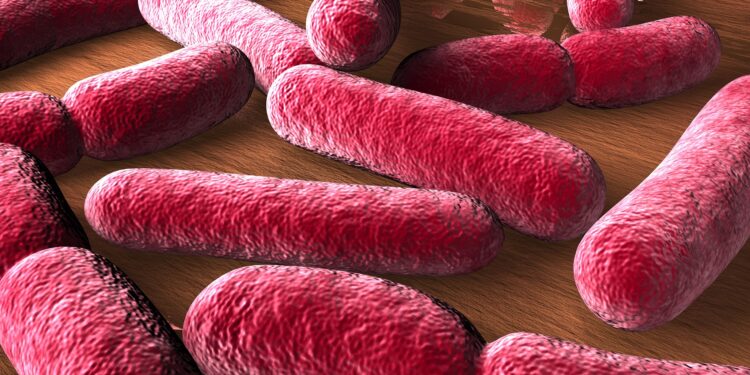Intestinal flora: Nissle bacteria protect against E. coli
Escherichia coli bacteria are commonly perceived as pathogens. Certain tribes, which form the so-called Shiga Toxin, that can trigger dangerous diarrhea (EHEC). A research team has now shown that this may not protect the pathogen E. Coli bacterium, Nissle in front of the pathogens.

Researchers at the American Society for Microbiology found that the protecting agents of the Escherichia coli-associated bacterium, Nissle before dangerous Intestines. Nissle bacteria are skin for the intestinal mucosa harmless, and also prevent the harmful effects of pathogenic germs.
What is the source of the EHEC bacteria?
Entero-haemorrhagic Escherichia coli (EHEC) is a bacterium that produces Shiga-produced Toxin, a harmful Protein. EHEC can cause severe diarrhea. In severe cases, it comes to bloody diarrhoea with cramping abdominal pain. Also, extensive kidney damage are possible. For children, the elderly or immuno-compromised persons, EHEC can disease be life-threatening.
Nissle – a proven probiotic
For more than a century Nissle be used bacteria as a probiotic for intestinal health. Also in the treatment of chronic inflammatory bowel diseases such as ulcerative colitis, the bacterium shows its effect. The research team from the University of Cincinnati wanted to understand whether Nissle can also protect the gut tissue from E. coli and similar pathogens.
Intestinal organoids provide new insights into the intestinal flora
Advertisement
The researchers studied different types of bacteria in the Intestine organoid, so human intestinal tissue, which was grown from stem cells for experimental purposes in the laboratory. New insights into the behavior of the bacteria could win. This populated the researchers of different Organoids with EHEC or Nissle bacteria.
EHEC breaks the natural protective layer of the intestine
The outermost cell layer of the intestine is referred to as the intestinal epithelium. This layer also acts as a protection mechanism. The researchers showed to the Organoid that EHEC-bacteria are capable of this epithelium to break through.
Battle of the E. coli strains
Nissle bacteria were, however, completely harmless for the intestinal epithelium. EHEC bacteria were settled on an Organoid, which was already inhabited by Nissle bacteria, it came to a fight the bacteria. The Population of the Nissle-bacteria increased rapidly, there were, however, no damage to the intestinal epithelium. The same can be Done watching the Team, as uropathogene E. coli strains, which are for urinary tract infections responsible Nissle bacteria met.
“Basically, the Nissle have been killed bacteria by the pathogenic bacteria, but it made the intestines more resistant to damage,” explained research Director Dr. Alison White.
Nissle than in E. coli therapy?
The results of the study suggest that Nissle is able to inhibit pathogenic Intestinal bacteria and that it may be suitable for the prevention of such diseases. On the other hand, the results also suggest that Nissle populations by Shiga-Toxin-kills-producing bacteria, which could limit the usefulness as a therapeutic agent. The researchers want to examine relationships in future studies, the complex interactions of the bacterial species in real human Intestine. (vb)
